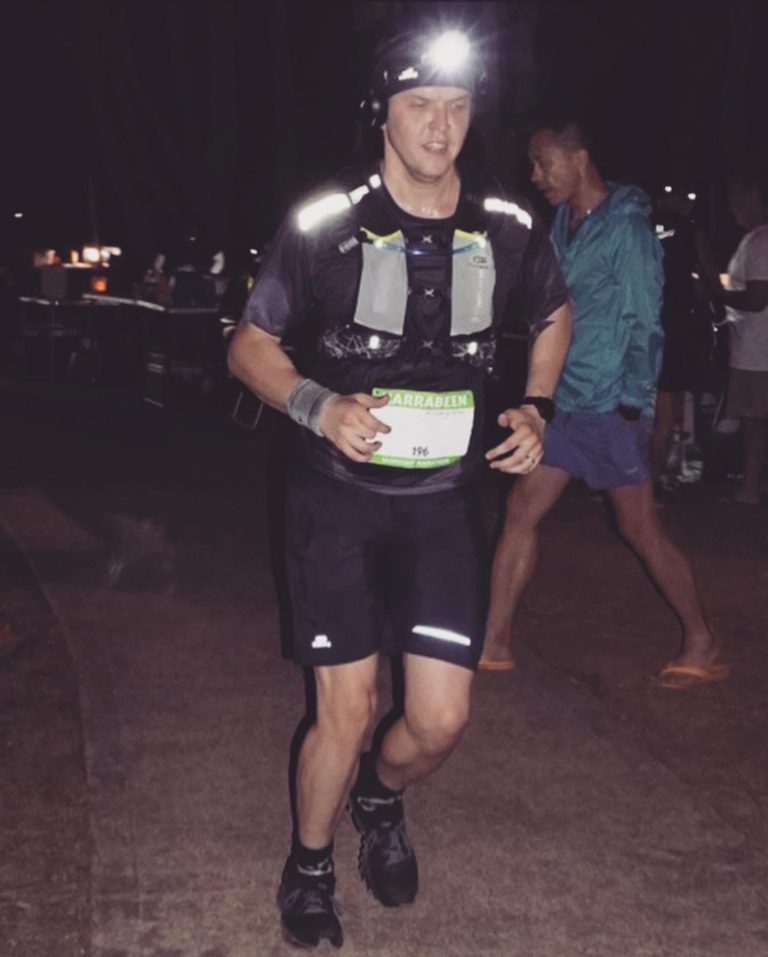The short answer to the above question is that no, they don’t. Running shoes do not need to be broken in. However, you are likely to hear diverging answers, one which supports the above statement and another that will disagree with it.
The point of contention stems from preconceived notions around what running shoes used to be like, namely that back in the day running shoes were made with stiffer and harder materials, such as leather. Leather is a material that does need to be broken in. Modern day materials, of which modern running shoes are made, do not.
The reasoning, as provided by relevant industry providers such as Adidas, is simple and agreeable. As an article published by Adidas states, you no longer need to break in your running shoes as the shoes should already be the perfect and tailored fit for your foot type.
Adidas went on to further elaborate by stating that if you were experiencing discomfort, pain, or other related issues, then that meant that the shoe was not the right fit or size for your type of foot.
That said, Adidas, and others, still acknowledge that there is some degree of “breaking in” for one’s shoe. This breaking in often just has to do with you softening in the material, adjusting the molding and shape of the shoe to your foot, and getting yourself and your feet used to the shoe.
When it comes to breaking in your shoes, Adidas is of the opinion that there is not much that one can do. They do, however, offer some suggestions that you may use to become familiarized with your new shoe. They suggest simply putting them on and walking around your home while doing chores or other similar activities.
Building on that, they also suggest that you could either go for a short run of around 15 minutes or run on a treadmill for the same duration. The benefit of this is twofold. Firstly, it will ‘break’ the shoes in, where possible and within reason.
The second, you will be able to pinpoint any discomforts or issues ahead of a series run, thus hopefully saving you from receiving any running-related injuries. If you do feel any discomfort after a test run of 15 minutes, then it is advised that you return the shoes and speak to a staff member to see if they might resolve your issue.
Lastly, Adidas also makes the suggestion that it would be beneficial to gradually phase them in. The reasoning is that it might take you a while to feel familiar in your new running shoes shoes. So, to make the experience easier for you, they suggest rotating in your older pair of running shoes, provided they are still in running and wearable condition.
You would gradually phase out your old pair more and more as you become more comfortable with your newer pair. The suggestion holds merit on both a physical and mental element. Physical as your feet will physically adjust to the new show, and mental for as you become more used to the shoes, the more comfortable and confident you will come to feel in them.
Frequently Asked Questions On Breaking In Running Shoes
Fewer than 1. Modern day running shoes do not require or need any breaking in as they are no longer made from stiff materials. It is advisable, however, to run for around 15 minutes to find if there are any issues with the shoes ahead of any planned runs.
There is not one definitive answer due to individual factors not limited to: walking/running behavior, manner of steeping related to foot type, environmental exposure and or damage caused by such exposure, the quality of the shoe, and upkeep and degree of care spent on treating the shoe.
Such factors have been outlined by noteworthy and trusted brands such as Asics. With all of those subjective and individualist factors in mind, there does exist a range in which most people find that their shoes need replacing. Asics are of the opinion that running shoes will ordinarily need replacing after 300-500 miles spent running.
The main reason is to avoid harming or injuring your feet. As the shoe ages and its structure degrades, it will lose much of the cushioning and protection that it used to provide, and which is essential to avoid unnecessary injury.

Marko Rakic is a trail runner and fitness enthusiast from Sydney, Australia. He is the lead writer for The Ultimate Primate and believes the best way to live a happy life is through constantly challenging yourself.
